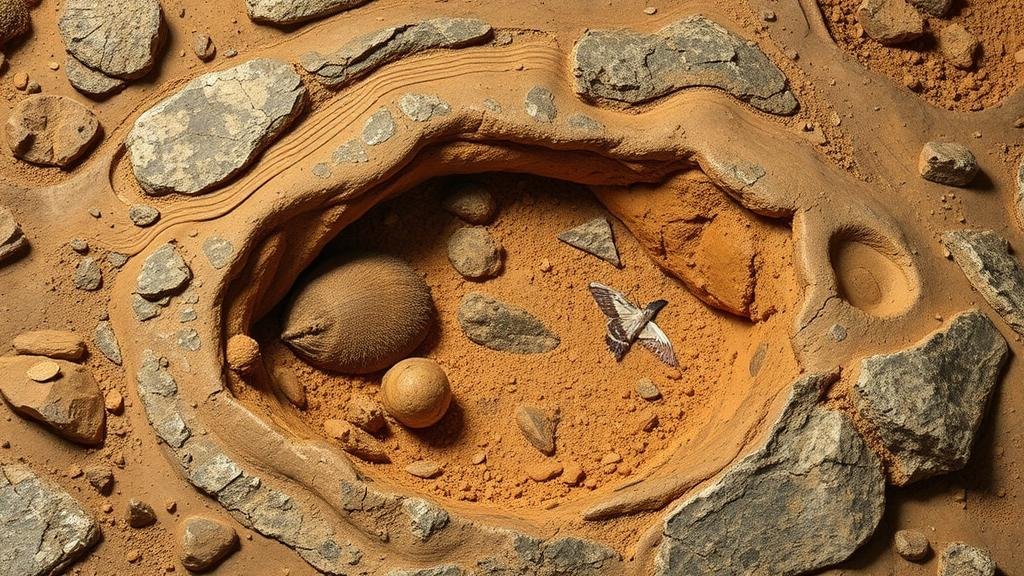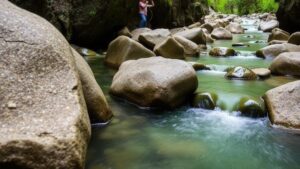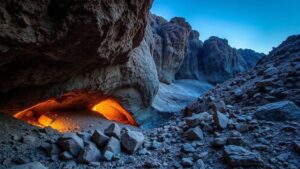Fossilized Nesting Grounds: Finding Evidence of Prehistoric Bird and Dinosaur Habitats
Fossilized Nesting Grounds: Finding Evidence of Prehistoric Bird and Dinosaur Habitats
For rockhounds and mineral collectors, the thrill of uncovering fossils extends beyond mere specimens; it includes the fascinating context in which these ancient artifacts were found. Among the most intriguing discoveries are fossilized nesting grounds, which provide critical insights into the behaviors and habitats of prehistoric birds and dinosaurs. This article explores the significance of these fossilized sites, how they can be identified, and the best practices for collectors interested in integrating these findings into their collections.
The Significance of Fossilized Nesting Grounds
Fossilized nesting grounds represent some of the most precious glimpses into the reproductive behaviors of ancient species. Just as modern birds create nests for their young, prehistoric creatures exhibited similar traits. These nesting sites can reveal a wealth of information regarding:
- Social structure and communal nesting behaviors.
- Dietary habits, deduced from debris found within nests.
- Environmental conditions of prehistoric ecosystems.
For example, the discovery of a fossilized dinosaur nesting ground in Montana yielded eggs of the theropod dinosaur known as Troodon, indicating that these species may have cared for their young. Such findings can help scientists reconstruct aspects of the life cycle and ecology of prehistoric environments.
Identifying fossilized nesting grounds requires careful observation and an understanding of geological formations. Collectors should look for specific indicators, such as:
- Nesting Caves or Mounds: Arrange patterns that suggest clusters of eggs.
- Eggshell Fragments: These can often be found scattered around nesting sites.
- Fossilized Remains of Parents: Sometimes adult specimens are found in proximity to nesting grounds, offering clues about their size and appearance.
Also, geological features such as sediment layering can help in dating the fossils. For example, the Hell Creek Formation in the United States is recognized for its rich deposits of dinosaur eggs and nests, allowing researchers to understand the age and context of these findings.
Practical Tips for Collectors
For rockhounds and collectors keen on finding fossil nesting grounds, several practical strategies can enhance your success:
- Research Locations: Study geological maps and literature to find known fossil sites. Areas with extensive sedimentary rocks are often prime candidates.
- Connect With Communities: Joining fossil collecting clubs, both online and in-person, can provide valuable insights and resources.
- Practice Ethical Collecting: Always follow legal and ethical guidelines when collecting fossils. Obtain permissions when necessary and avoid collecting in protected areas.
Real-World Applications and Discoveries
Recent advancements in paleontological studies highlight how fossilized nesting grounds can reshape our understanding of avian and dinosaur evolution. For example, in 2018, researchers uncovered a nesting site in China containing approximately 15 fossilized dinosaur eggs, which are believed to belong to the species Sinosauropteryx. This discovery not only provided insight into their reproductive behavior but also aided in understanding the evolutionary link between dinosaurs and modern birds.
Plus, nesting sites can contribute to discussions about climate change and habitat evolution over millions of years, offering lessons applicable to contemporary ecological issues.
Conclusion: The Collecting Experience
Fossilized nesting grounds represent a unique intersection of science, history, and hobbyist enthusiasm. For mineral collectors and rockhounds, the search for these extraordinary sites can enhance not only personal collections but also contribute to the broader understanding of prehistoric life. By employing diligent research, adhering to ethical practices, and sharing findings with the community, hobbyists can enrich their experience and advance the field of paleontology.
In summary, the quest to discover fossilized nesting grounds is not just about finding relics of the past; it is about unraveling the narratives of life that once inhabited our planet. With each discovery, collectors become part of a larger story–one that helps us understand the world we live in today.


